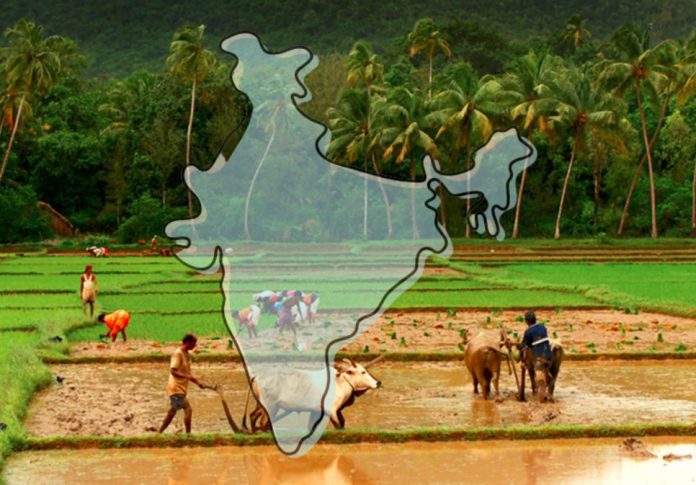News in brief: India has achieved a significant milestone with 52% of agricultural land now having access to irrigation, helping to reduce dependence on unpredictable monsoon rains.
For the first time ever, 52% (or 73 million hectares) of agricultural land in India has access to irrigation. NITI Aayog, a public policy think tank sponsored by the government, made the announcement as reported by Hindustantimes.
The country has a total of 141 million hectares agricultural land but most of its planting activities depend on the summer monsoon rainfall. However, climate change is making it harder to predict when the rains come, leading to problems for farmers and consequently, the entire nation.
According to the country’s information bureau, agriculture contributes about 17% or more to its gross domestic product (GDP). It means that it cannot continue to leave the optimal performance of crops to the whim of the climate. Hence, the prime minister’s interest in taking irrigation to the next level.
Narendra Modi, the Prime Minister of India, has made several commitments to irrigation projects since 2015, some months after he began serving the country. Its percentage of irrigated agricultural land had been 37.9% in 2015.
Some of the major projects that pushed the growth include the Pradhan Mantri Krishi Sinchai Yojana (PMKSY) and Accelerated Irrigation Benefits Programme (AIBP), and their several components which required a funding of more than $139 million (or â¹11,505 crore).
There are also funding to Maharashtra, Renukaji, Lakhwar, Shahpur Kandi and Polavaram National Projects. The government assisted in improving existing infrastructure like relining Rajasthan Feeder and Sirhind Feeder of Punjab.
The country’s major irrigation system is through groundwater and it accounts for 60% of the entire irrigated land. Meanwhile, the remaining area is watered through canal networks.
Experts say that the goal is to provide 60% of arable land with irrigation while the remaining 40% will be left to natural sources because they get enough rainfall, and some other geological and hydrological reasons.
For example, the Minister of State for Jal Shakti, Shri Bishweswar Tudu, said that only areas having stage of ground water development less than 60%, average rainfall more than 750 mm rainfall and shallow ground water levels (less than 15 m bgl), benefits from the Ground Water Irrigation scheme.
Reaching this irrigation goal will likely push India higher in rankings of top agricultural producers in the world. Although, it is important to note that government may need to improve other systems to see better performance of the sector.



